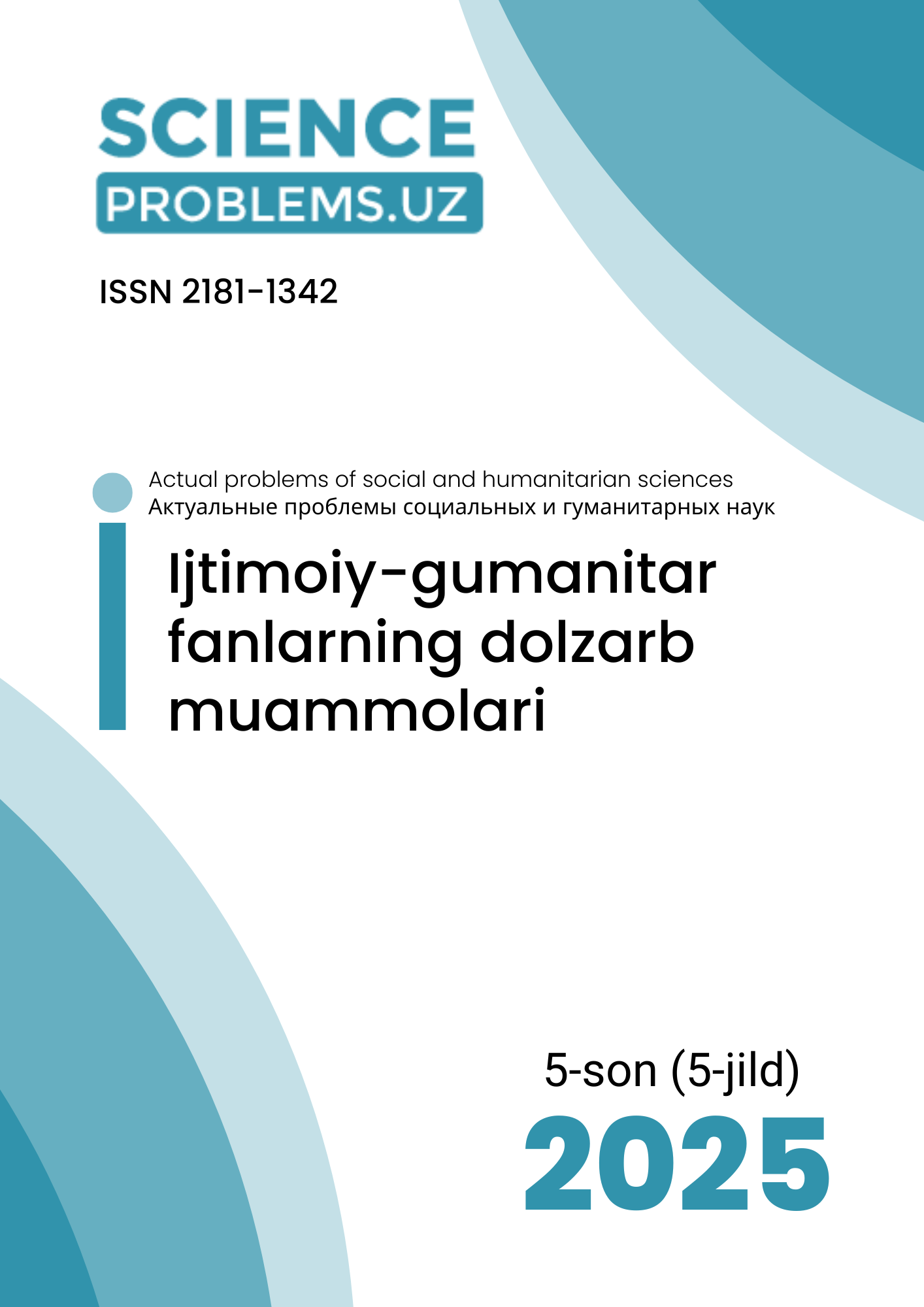SEMANTIC FEATURES OF ENGLISH RIDDLES
DOI:
https://doi.org/10.47390/SPR1342V5I5Y2025N62Keywords:
riddle, semantics, metaphor, metonymy, linguoculture, folk oral creativity, cultural features.Abstract
This article analyzes the semantic features of riddles, highlighting their deep layers of meaning as linguistic units that reflect human cognition, imagination, and culture. It identifies various semantic tools employed in riddles—such as metaphor, metonymy, antonymy, and synonymy—and explores their functional role in folk oral creativity. Furthermore, the article presents a comparative analysis of Uzbek and English riddles, demonstrating both their universal and culturally specific semiotic characteristics. Through a thorough semantic examination, the study aims to reveal the linguocultural content encoded in riddles and emphasize their significance as carriers of national worldview.
References
1. Crystal D. The Cambridge Encyclopedia of the English Language (2nd ed.). – Cambridge: Cambridge University Press, 2003.
2. Husaynova Z. Topishmoqlar. – Toshkent: O‘qituvchi, 2007.
3. Raine W.R. Riddle Me This: Riddles and Their Explanations. – New York: Scholastic Publishing, 1990.
4. Taylor A. English Riddles from Oral Tradition. – Berkeley: University of California Press, 1951.
5. Бархударов Л.С. Язык и перевод: Вопросы общей и частной теории перевода. – Москва: Международные отношения, 1975.
6. Бахтин М.М. Вопросы литературы и эстетики. – Москва: Художественная литература, 1975.
7. Верещагин Е.М., & Костомаров В.Г. Язык и культура: Лингвострановедческий аспект. – Москва: Русский язык, 1983.
8. Виноградов В.В. О языке художественной литературы. – Москва: Гослитиздат, 1959.
9. Кожина М.Н. Стилистика русского языка. – Москва: Академия, 2003.
10. Никитина М.В. Лингвокултурологический аспект изучения цвета. – Москва: МГУ, 2007.








